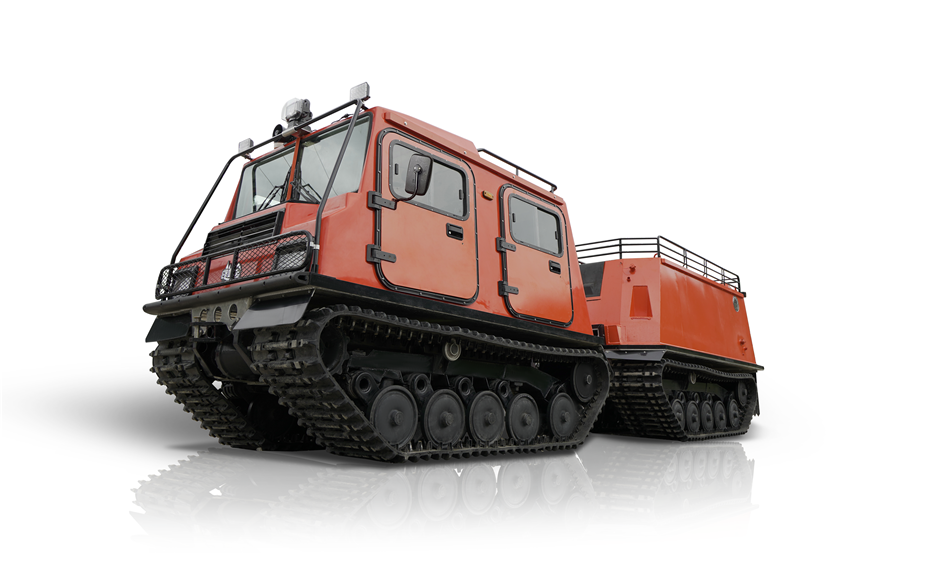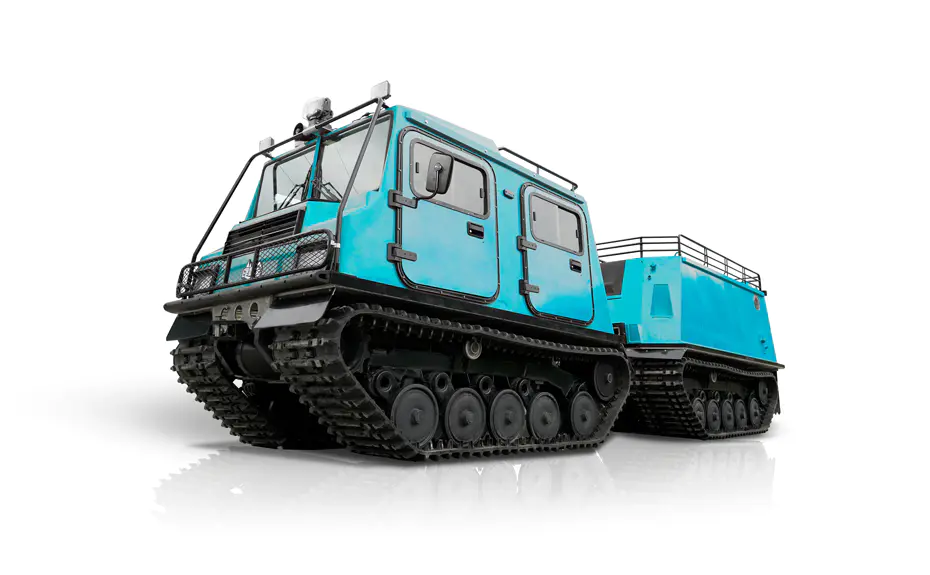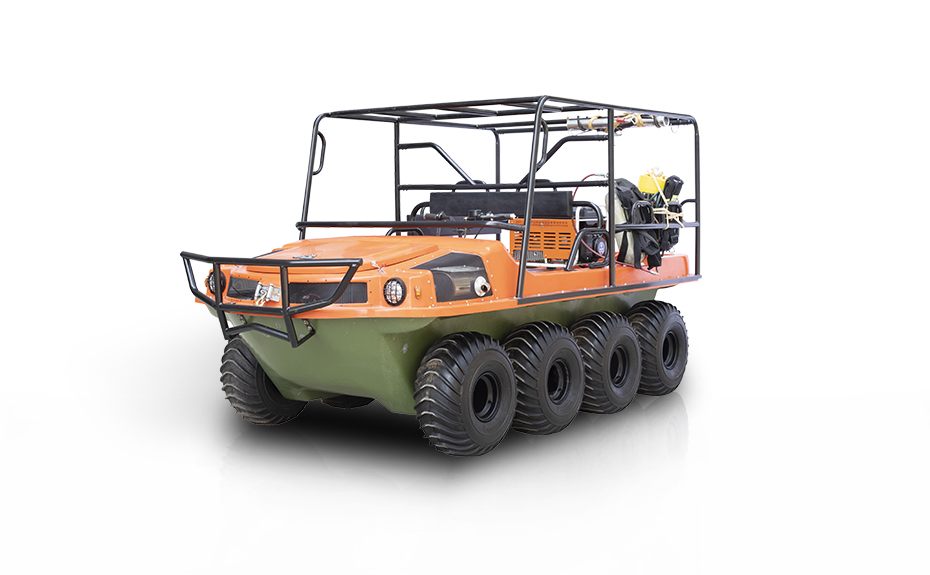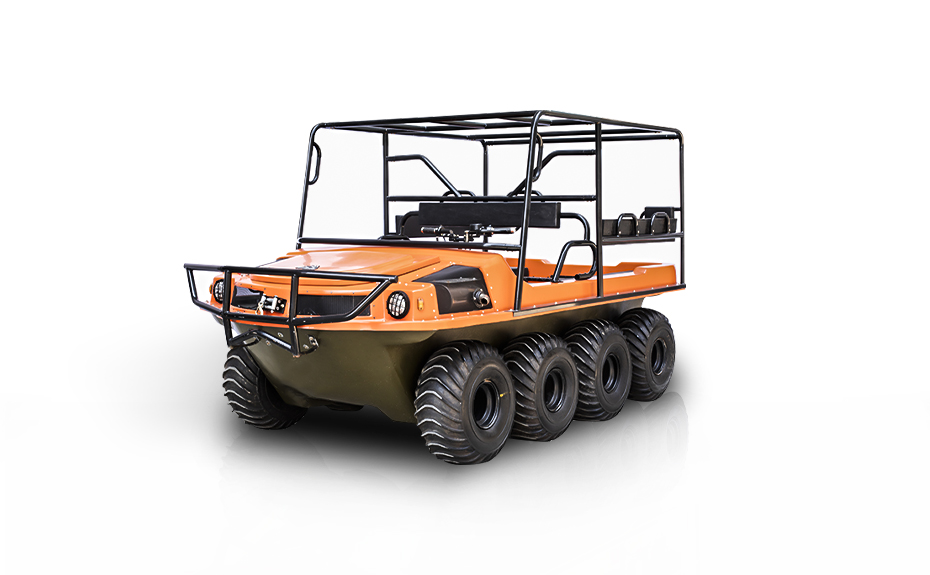
Amphibious Utility All Terrain Tracked Vehicle Carrier Gains Traction Across Diverse Sectors
In recent years, the Amphibious Utility All Terrain Tracked Vehicle Carrier has emerged as a innovator in environments where conventional wheeled platforms struggle. From remote oilfields to disaster-stricken coastlines, the Amphibious Utility All Terrain Tracked Vehicle Carrier (hereafter referred to simply as “the Carrier”) is proving its worth as a truly multi-domain solution.
Expanding Civilian Applications
Municipal governments and large-scale infrastructure projects are increasingly turning to the Carrier for tasks that demand reliability in challenging terrain. In Alaska, for example, the Amphibious Utility All Terrain Tracked Vehicle Carrier has been employed to transport heavy drilling equipment across frozen swamps during winter exploratory operations. Operators praise the Carrier’s low ground pressure and wide tracks, which allow safe passage over snow-packed tundra without damaging delicate permafrost layers. Meanwhile, road-maintenance crews in northern Canada have used the Carrier to carry salt spreaders and plowing attachments into remote hamlets cut off by heavy snowfall.
Beyond cold climates, construction conglomerates in Southeast Asia are deploying the Amphibious Utility All Terrain Tracked Vehicle Carrier to ferry prefabricated bridge components across soft, monsoon-saturated floodplains. Its sealed hull and watertight compartments enable the Carrier to navigate shallow river crossings without specialized boats, dramatically cutting project timelines.
Humanitarian and Disaster-Response Role
Natural disasters often render roads impassable, leaving communities isolated precisely when aid is many urgently needed. The Amphibious Utility All Terrain Tracked Vehicle Carrier has become an indispensable tool for NGOs and military disaster-response units alike. During last year’s typhoon relief efforts in the Philippines, a fleet of Carriers was dispatched to reach cut-off coastal villages. Equipped with medical modules, each Amphibious Utility All Terrain Tracked Vehicle Carrier carried a mobile clinic capable of treating dozens of patients per day. Its amphibious capability meant swift transitions from open water to flooded neighborhoods, maintaining the momentum of rescue and relief operations.
In earthquake-ravaged regions of Italy, the Carrier’s rugged design allowed crews to haul heavy debris-clearing equipment across unstable ground where wheeled trucks could not venture. The Amphibious Utility All Terrain Tracked Vehicle Carrier’s ability to ford rivers and streams also ensured continuous supply lines for food and water purification units deep in the Apennines.

Policing forces in flood-prone coastal cities have also procured the Carrier for law-enforcement and search-and-rescue tasks. Its quiet diesel engines and rubber-pad tracks minimize noise and ground disturbance, allowing discreet insertions into urban flood zones—another testament to the Amphibious Utility All Terrain Tracked Vehicle Carrier’s versatility.
Commercial Exploration and Mining
In the mining sector, companies are integrating the Amphibious Utility All Terrain Tracked Vehicle Carrier into exploration workflows. Geologic survey teams transport core-drilling rigs to previously inaccessible bogs, wetlands, and peat marshes. Once the initial surveys conclude, the Carrier hauls recovery and sampling units back to basecamp via the same soft terrain routes. Mining engineers note that the Carrier’s payload capacity—often exceeding 5 tons—reduces the number of individual trips required, cutting fuel consumption and lowering logistical overhead.
Oil and gas operators in the Caspian Sea region have deployed the Carrier for offshore-to-onshore shuttle duties. Using its amphibious hull form, the Amphibious Utility All Terrain Tracked Vehicle Carrier ferries small modules from landing craft onto mudflats where conventional roll-on/roll-off ramps would sink or buckle. This “sea-to-field” connectivity accelerates well-site setup and speeds up maintenance turnarounds.
Looking Ahead: Innovation and Sustainability
Manufacturers are refining the Carrier’s powertrain to incorporate hybrid and fully electric propulsion options. One prototype Amphibious Utility All Terrain Tracked Vehicle Carrier is already undergoing trials with battery-electric drive and solar-augmented charging. If successful, this could halve the Carrier’s greenhouse-gas emissions during low-speed operations, a boon for environmentally sensitive projects in national parks and wildlife reserves.











 浙ICP备2022029871号
浙ICP备2022029871号